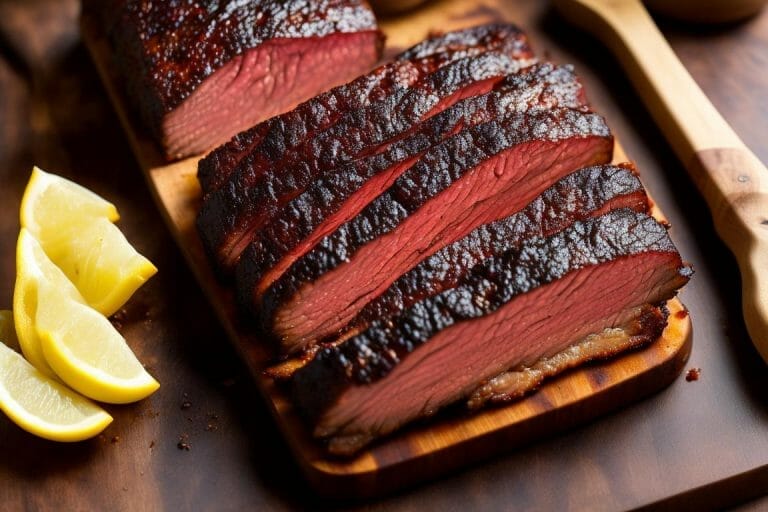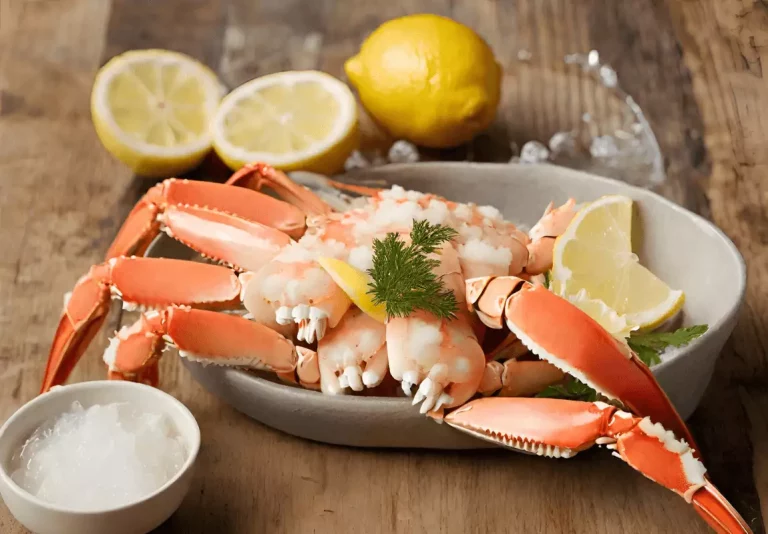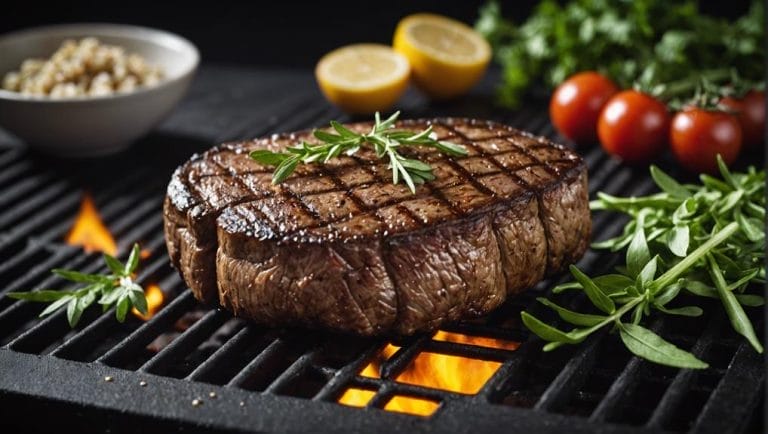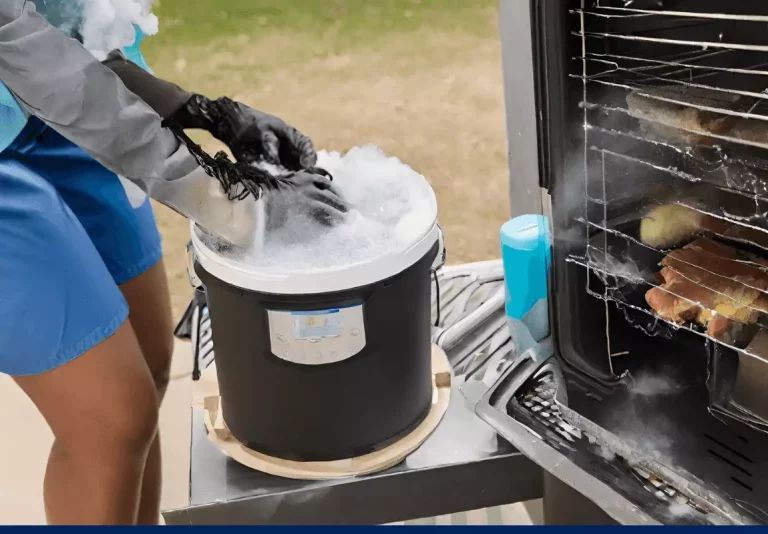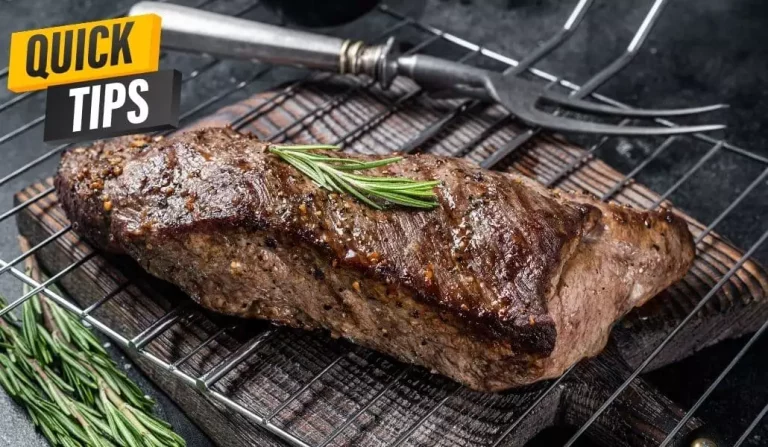The Basics of Grill Roasting for Beginners
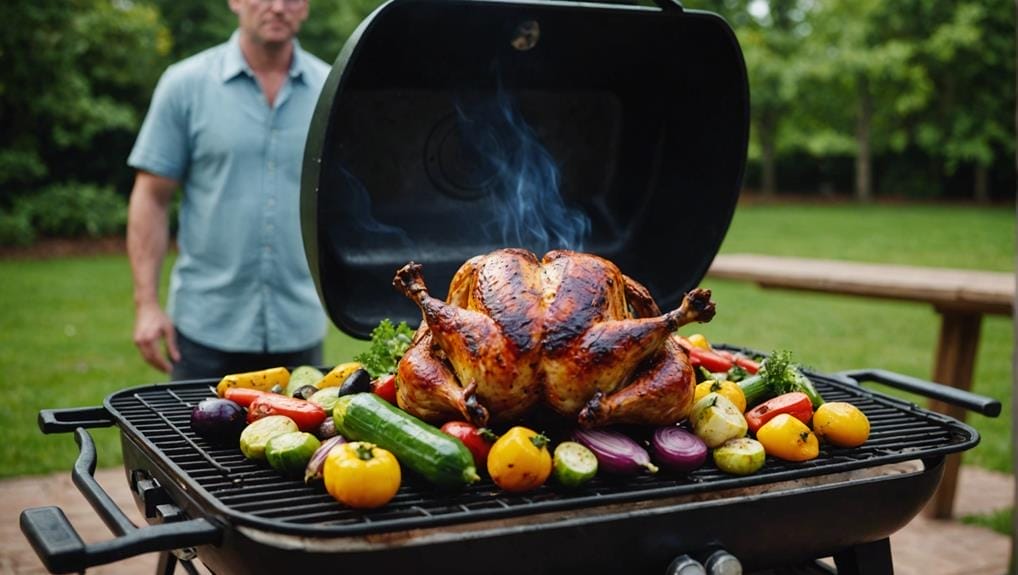
Ready to kickstart your grilling journey with some roasting magic? Let’s get that grill all set up for roasting like a boss! First things first, make sure to position those grates for indirect heat. This means you want to have the heat coming from the sides, not directly under your food. Trust me, it makes a world of difference in how your dishes turn out.
Don’t forget to use a drip pan to catch those flavorful juices and prevent any flare-ups. It’s all about keeping things juicy and delicious. And speaking of juicy, mastering the art of indirect heat cooking is key. This method ensures your meats stay tender and flavorful without getting dried out. It’s like a secret weapon for impressing your guests with perfectly cooked dishes every time.
To really nail that juicy factor, invest in a good meat thermometer. It’s your best friend when it comes to making sure your food is cooked to perfection. No more guessing games or cutting into your meat to check if it’s done. Just stick that thermometer in, and you’ll know exactly when it’s ready to be devoured.
Now, let’s talk about controlling the temperature of your grill like a pro. A thermometer is your go-to tool for keeping things just right. And don’t forget about adjusting the airflow to maintain that perfect cooking environment. It’s all about finding that sweet spot and keeping it consistent throughout the roasting process.
When it comes to seasoning, don’t be afraid to get creative. Experiment with different flavors and spices to take your dishes to the next level. Patience is key here too – let those seasonings work their magic and infuse your food with amazing taste.
And if you’re feeling adventurous, why not try playing around with different wood types to add a smoky twist to your dishes? Each wood brings its own unique flavor profile, so go ahead and have fun exploring new combinations.
By mastering these fundamentals, you’ll be well on your way to becoming a grill roasting pro. So fire up that grill, get those flavors sizzling, and enjoy the delicious results of your newfound skills. Happy grilling!
Key Takeaways
- Set up grill for indirect heat cooking to avoid direct flames on food.
- Use a meat thermometer to ensure doneness and prevent overcooking.
- Allow food to rest after roasting for juicier results.
- Experiment with different wood varieties for enhanced smoky flavors.
- Control grill temperature by adjusting airflow and using vents effectively.
Setting up the Grill for Roasting
To achieve best results when grill roasting, position the grill grates to create indirect heat for roasting larger cuts of meat or vegetables. This technique allows for a more gentle and even cooking process, preventing the food from burning on the outside while staying raw on the inside. Place a drip pan under the food to catch drippings and prevent flare-ups caused by the dripping fat. This not only guarantees a cleaner cooking environment but also adds flavor to the food through the process of creating smoke.
Maintain a consistent temperature inside the grill by adjusting the airflow and keeping the lid closed. This helps in controlling the cooking process and ensures that your food cooks evenly. Use a meat thermometer to monitor the internal temperature of the food, making certain that it reaches the desired level of doneness. And remember, allow the food to rest for a few minutes after roasting to let the juices redistribute and the flavors intensify before serving. This simple step can make a significant difference in the final taste and texture of your grilled dishes.
Mastering Indirect Heat Cooking

Grilling like a boss means knowing how to use indirect heat like a pro.
When you master indirect heat, you’re stepping up your game in the kitchen.
It’s all about understanding the benefits of indirect heat, setting up your grill right, and keeping an eye on those temperature swings like a champ.
Get ready to level up your grilling skills and wow your friends with dishes that come out just right every single time!
Indirect Heat Benefits
When perfecting your grill roasting skills, mastering the art of indirect heat cooking is crucial for achieving succulent and evenly cooked meats. Indirect heat cooking creates two heat zones on the grill, allowing you to control the cooking process effectively.
This method is perfect for larger cuts of meat and delicate foods that require gentle cooking. By mimicking the gentle heat of an oven, flavors develop slowly and evenly, resulting in a depth of taste that’s unparalleled.
Whether you’re roasting a whole chicken, a rack of ribs, or a pork roast, mastering indirect heat cooking is the key to ensuring your meats are perfectly cooked every time.
Setting up Grill
Prepare your grill for indirect heat cooking by establishing two heat zones, guaranteeing optimal results for your next roast. When setting up your grill, follow these key steps for mastering indirect heat:
- Place the heat source on one side of the grill to create direct and indirect zones.
- Make sure your grill grates are clean and well-oiled to prevent sticking.
- Arrange your hot dogs, roasts, or other foods on the cooler side of the grill for gentle, even cooking.
- Remember to keep the lid closed to let the indirect heat circulate around your food, creating a roasted masterpiece.
With these techniques, you’ll be ready to enhance your grilling game and impress your guests with perfectly cooked dishes.
Monitoring Temperature Fluctuations
Establishing a consistent grill temperature around 225-250°F is crucial to mastering indirect heat cooking and achieving perfectly roasted dishes. To guarantee this, invest in a reliable grill thermometer to monitor temperature fluctuations accurately.
By keeping the lid closed as much as possible, you can maintain a consistent temperature inside the grill, avoiding sudden drops or spikes that can affect the cooking process. Keep in mind that indirect heat cooking requires patience; resist the urge to open the lid frequently.
This practice not only helps in maintaining a steady temperature but also promotes even cooking by preventing hot spots. Embrace the slow roasting method, and trust that the results will be tender, juicy, and full of flavor.
Achieving Juicy and Tender Results

For consistently juicy and tender results when grill roasting, focus on using indirect grilling to slowly cook meats off to the side of the heat source. This method allows for even cooking, ensuring that your roasts come out perfectly tender every time.
Maintain a consistent temperature between 225-250°F for best results. Using a meat thermometer is vital to monitor the internal temperature of the meat accurately, guaranteeing it’s cooked to perfection.
After grilling, remember to let the meat rest. This important step allows the juices to redistribute throughout the meat, enhancing its moisture and tenderness.
Moreover, don’t be afraid to get creative with rubs, marinades, and seasonings. Experimenting with different flavors can take your grill roasting to the next level, adding depth and complexity to your dishes.
With these tips, you’ll be on your way to mastering the art of achieving juicy and tender results every time you grill roast.
Controlling Grill Temperature

To guarantee flawless results in your grill roasting endeavors, mastering the art of controlling grill temperature is vital. A key tool in this pursuit is a dependable thermometer, which allows you to monitor the grill temperature accurately and consistently.
By utilizing the air vents on your grill, you can adjust airflow to increase or decrease heat levels with precision. Understanding the distinction between direct and indirect heat zones is fundamental for managing temperature variations suitable for different cooking methods.
When grill roasting, using the grill lid helps trap heat, creating a stable internal temperature conducive to the cooking process. Whether you’re preparing meats or vegetables, practicing temperature management ensures excellent outcomes.
Welcome the challenge of controlling grill temperature as it’s the key to unlocking a world of flavors and textures in your culinary creations. Mastering this skill will enhance your grill roasting game to new heights.
Enhancing Flavor With Seasonings

Amplify the flavors of your grilled dishes with a harmonious blend of seasonings that lift your culinary creations to new heights. When it pertains to enhancing the taste of your grilled foods, the possibilities are endless. Here are some key ways to infuse your dishes with mouthwatering flavors:
- Seasonings: Simple yet crucial, seasonings like salt, pepper, garlic powder, and paprika can work wonders in bringing out the natural flavors of your grilled foods.
- Fresh Herbs: Enhance your dishes with the aromatic essence of fresh herbs such as rosemary, thyme, and oregano, adding a burst of freshness to every bite.
- Marinades: Explore the world of marinades, where ingredients like soy sauce, lemon juice, honey, and olive oil come together to create rich and savory flavors that penetrate deep into your meat.
- Dry Rubs: Create a flavorful crust on your grilled meats by using dry rubs made from a mix of spices like cumin, chili powder, and brown sugar, adding a delicious crunch to every bite.
Experimenting with different seasoning combinations allows you to tailor the taste of your grilled dishes to suit your preferences perfectly.
Practicing Patience in Grill Roasting

Practicing patience in grill roasting is essential for achieving perfectly cooked roasts with a rich, smoky flavor. When you engage in this slow cooking method, you allow the flavors to develop and meld beautifully, resulting in succulent dishes that will delight your taste buds. The key to mastering grill roasting lies in maintaining a consistent temperature and embracing the slow cooking process. By patiently tending to your roast as it cooks over indirect heat, you guarantee that each bite is tender, flavorful, and cooked to perfection.
As you start your grill roasting experience, keep in mind that great things come to those who wait. The process may take time, but the rewards are well worth it. Your patience will be rewarded with mouthwatering dishes that showcase the true essence of grill roasting. So, take a deep breath, embrace the slow cooking method, and prepare to savor the delicious flavors that only patience and dedication can bring to your table.
Embracing Smoky Flavors

Get ready to step up your grill game by diving into the world of delicious smoky flavors. Adding in the rich essence of different types of wood like hickory or mesquite can really take your dishes to the next level, creating flavors that you won’t forget.
If you’re just starting out, playing around with wood chips and figuring out how to control the airflow in your grill will help you become a pro at infusing your grilled dishes with just the right amount of smokiness. It’s all about finding that perfect balance to make your meals stand out with a mouthwatering taste that’ll have everyone coming back for more.
Smoky Flavor Profiles
To fully harness the rich and aromatic essence of smoky flavors in your grilling endeavors, utilize the power of wood chips, chunks, or pellets to enrich your dishes with unique and tantalizing profiles.
- Experiment with different wood types like hickory, mesquite, apple, or cherry for distinct flavor profiles.
- Soak wood chips before grilling to intensify the smoke, adding depth to your roasted meats and vegetables.
- Mix and match wood varieties to tailor the smoky experience to your liking, elevating the taste of your grilled creations.
- Develop your skills in controlling smoke levels and pair specific woods with diverse foods to craft exquisite smoky flavor combinations on the grill.
Enhancing Grilled Dishes
To truly enrich the essence of your grilled creations, incorporate the alluring depths of smoky flavors by skillfully using wood chips or chunks like hickory, mesquite, or apple. Infusing your grilled dishes with the rich aroma of smokiness can heighten the taste to new heights, especially when grilling fish and seafood.
Experiment with different wood varieties to achieve varying levels of smoky flavor, from mild hints with oak and cherry to robust notes from pecan or cedar. Soaking wood chips in water before grilling helps intensify the smoking effect, enriching the entire experience.
Tips for Beginners
Delve into the alluring depths of smoky flavors as a beginner in grill roasting by skillfully incorporating wood chips or chunks to enrich your dishes. To enrich your grilling experience, pay attention to the following tips:
- Use the Right Wood: Experiment with different types of wood like hickory or mesquite to intensify the smoky flavor.
- Control Airflow and Temperature: Maintain the perfect balance to guarantee the ideal level of smokiness in your dishes.
- Proper Seasoning: Season and marinate your food adequately before grill roasting to enrich the smoky taste.
- Enjoy the Process: Embrace the art of grill roasting and savor the rich, flavorful results that smoky flavors can bring to your dishes.
Conclusion
So, now that you’ve got the hang of grill roasting, are you game to kick your outdoor cooking game up a notch?
Picture this: you, sizzling meats, and that sweet smell of barbecue wafting through the air. With a little bit of practice, a dash of patience, and a whole lot of love for lip-smacking food, you can totally nail the art of grilling up juicy, tender, and oh-so-flavorful dishes on your trusty grill.
So, what’re you waiting for? Get those coals ablaze, season those meats to perfection, and get ready to dive into the smoky goodness that only grill roasting can bring. Ready to level up and become the ultimate grill guru?

